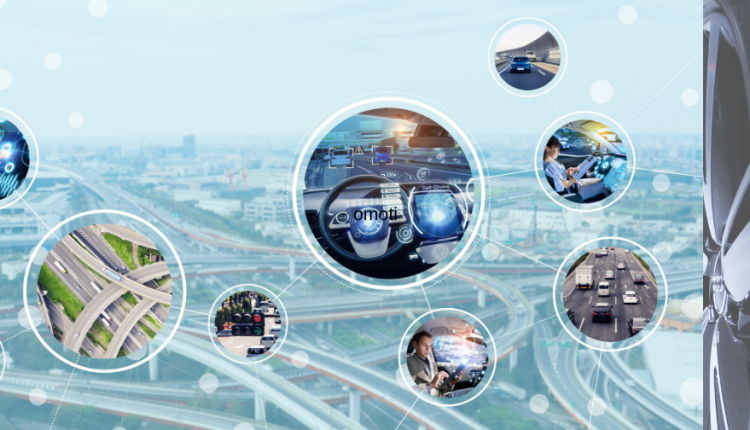4 Major Trends Underlining Demand for Automotive Electronics
The term ‘automotive electronics’ conjures up images of high-tech safety guards and advanced electronic components leveraging high aesthetics. But these terminologies are not the only ones defining what automotive electronics really are and what they are needed for.
This term, as on today, has come to include everything under the sky, right from the headlight to the LED brake light and seat control inside the automobile.
Every module in the car today is a high-tech electronic gadget. The former applications of electronics in the automobiles mainly included controlling the engine, but now, it includes providing a seamless driving experience to the masses. These transformations are likely to drive the global automotive electronics market dynamics over 2030.
It is prudent to mention that the worldwide vehicle production is likely to witness a substantial gain from 95 million to 110 million in 2023, thereby adding an impetus to the demands for automotive electronics for better customer driving experience.
Rising consumer demands for high grade automotive advancements and competitive pressure has prompted industry players to embed high intelligence into automobiles and other vehicles. For instance, Chevy Volt deploys over 100 microprocessors running about 10 million lines of code. Most designers work to combine powerful hardware and software technologies to generate advanced automotive solutions. This indicates that industry majors are looking into consumer requirements to cater to them positively.
The automotive electronics industry is witnessing transforming trends pertaining to advanced mobility solutions, powertrain and vehicle system electrification, and robust safety systems. Also, the digitalization of automotive systems, usage of connected technologies, in-vehicle communication systems, and ADAS systems would establish many avenues for the deployment of automotive electronics.
Enlisted below are the technological trends that are estimated to render a positive impact on the global automotive electronics industry statistics in the upcoming years:
Adoption of Advanced Driver Assistance System (ADAS)
The ADAS, built on the embedded vision technology, is developed to minimize the driver’s workload during the driving process. Reports claim that the systems, via the use of visual processing capabilities, deliver high recognition and tracking information to onboard the safety systems for various protective features.
Further, the embedded vision systems stand the ability of identifying and tracking dangers while driving, through highly specialized knowledge of image acquisition and processing methods. The amalgamation of steadfast vision processors, multicore CPUs, and vision software libraries has helped simplify the development of these systems that are robustly deployed across most vehicles.
Elevating Needs for Energy Management Systems
With the influx of hefty investments into building a high-profile automated automobile, the need for robust range and low fuel costs has increased. This has in turn upscaled the significance of a vehicle’s miles-per-gallon ratings in the vehicle sales, whilst pushing the demand for effective digital engine management systems.
Apart from providing safety-critical monitoring function, energy management systems also impart a level of energy monitoring, analysis and control required for enhancing the fuel or battery energy utilization.
Customer-Centric Graphical Interfaces
The automotive equipment developers are potentially responding to the consumer desires for the augmented infotainment systems. Automobiles in the recent times offer touchscreen display consoles embedded into the dash, armrest, and rearview mirrors. This has allowed the demand for graphical interfaces to foresee an increase in the years to come.
Meanwhile, semiconductor manufacturers have dutifully accepted the burgeoning use of LCDs with high integrated support for display management. The MCUs with in-chip LCD control streamline the design and minimize the component count, offering high reliability and diminished cost for the pivotal automotive features.
An Insight into the Latest Innovations in Automotive Electronics
Speaking about the implementation of electronics in the automobiles, several companies have been working toward bringing about electronically advanced components in automobiles, that have revolutionized the overall automotive electronics market. Following are a couple of these innovations that have changed the dynamics of this space:
Tesla
Considered as a pioneer in the Electric Cars, Tesla in the year 2013, rolled out its one of the fully electric luxury cars, Tesla Model S to cater to the populace demanding highly automated driving experience.
Nissan Leaf
Produced by Nissan in late 2010, Nissan Leaf is one of its kind electric car. Apparently, the battery loads of Nissan Leaf can be charged form over zero percent to nearly 80% capacity in just about half an hour time by making use of DC fast charging.
Future of automotive electronics
The proliferating pace of innovations across the automotive industry have made way for the consumers to accurately utilize their time in transit. This will lead people to invest more on personal interests. Estimates claim that a considerable percentage of cars are going to be converted into smart cars by the end of 2020. If this comes to be true, the number of consumer electronic parts in the automobiles is likely to surge accordingly in the upcoming years.

